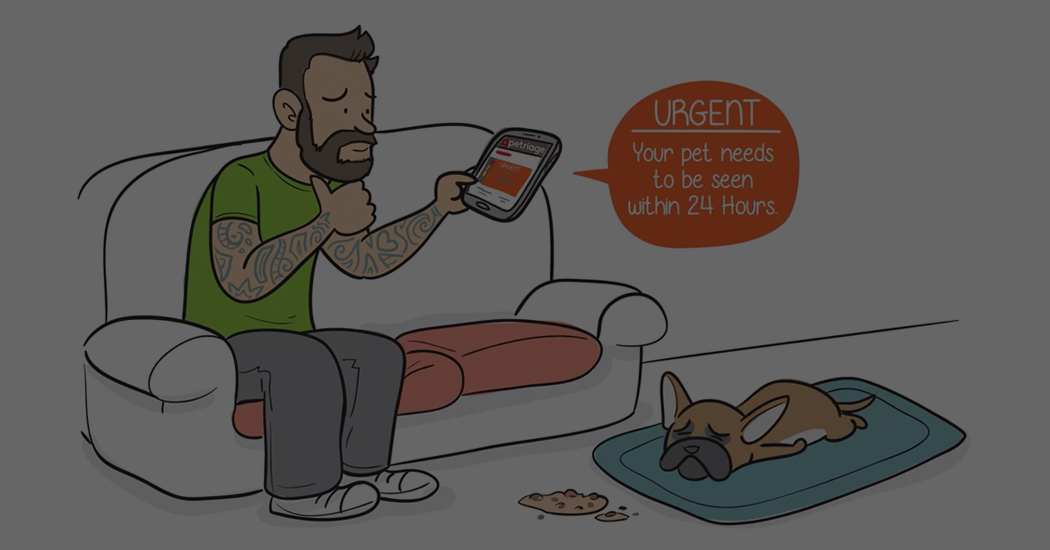The temperatures are rising, and summer will be here before you know it! While the COVID-19 pandemic may cause travel restrictions this summer, you might still be able to hit the beach or head to your favorite swimming hole. And of course, staying home and cooling off in your own private swimming pool is definitely fine!
Before heading to the pool to chill out and cool off, consider these 6 safety tips to prevent your pet from drowning, illness, or nasty ear and skin infections.
1. Supervision is key
If you plan to spend your summer days lounging by your pool with your pets, never leave them unsupervised. Though most cats will avoid water, it’s important to keep an eye on her just in case she slips in. While dogs may have invented the “doggie paddle”, not all dogs know how to swim, or can swim well. An unsupervised, panicking cat or dog will become exhausted if they are unable to get out of the pool on their own or find the stairs to exit by. Be sure your pool has a gate that’s kept closed to prevent your pet from taking a dip when you’re not around.
2. Pup goes in. Pup goes out
Pets should be able to enter and exit the pool on their own. Never force your pet into the pool or throw him in. Non-slip stairs or a ramp are necessary. Teach your pet where the stairs are and help him to exit the first few times. While your pup may happily jump in your pool, if there’s only a ladder to exit by, he’ll need your help to get out.
3. Life vests are a life saver
Canine life vests (or life jackets) are a great way to let your dog get used to the water and become comfortable swimming. For short-legged, long bodied dogs such as Dachshunds, or other dogs that aren’t strong swimmers, a life vest is a must. Be sure it has a handle to lift him out of the water should he become panicked or tired. Puppies and senior dogs should always wear a life vest, as well as those with underlying health issues. Make sure the life vest fits your pet properly. An improperly fitted vest will not help your pet. Determining the best life vest for your pup can be a challenge, but Business Insider has compiled a list of the best life jackets you can buy for your pooch.
4. Rinsing and drying
Pool chemicals such as chlorine or bromine can cause skin irritation. To prevent irritation from developing, rinse your pet off with fresh water after a dip in the pool. Carefully and gently dry out her ears—especially those with floppy ears, since the ear flap can prevent the ear from drying—with cotton balls or a soft towel to prevent ear infections. Give your pet a rubdown with a towel to start the drying process and be sure he’s thoroughly dried if he has long fur, as constantly damp skin can lead to skin infections.
5. Water, water, everywhere but not a drop to drink
We all know the saying from The Rime of the Ancient Mariner and it holds true, not just for sea water but pool water too! Don’t let your dog drink the pool water. In addition to containing chemicals such as chlorine and algaecide, gulping pool water while swimming can cause stomach upset or even water intoxication. Be sure to provide fresh water to your pets all day. Hot summer days demand extra water. Swimming is exercise and your pet will need to replenish lost water. Freshen the water bowl regularly and place ice cubes in it to help keep the water cool.
6. Sunburn?! On my dog?
Yes, even dogs and cats can get sunburned! Hairless breeds and those with thin haircoats, or white or light pigment on their ears or near their nose, are at greater risk for sunburn. Sunscreen for pets, protective UPF sun shirts, and staying out of the sun during the hottest part of the day (10 am to 4pm) are your best bet for preventing sunburn (for both you and your pet). Set up shady areas in your yard or give your pet a break by putting him in the house. Contact your veterinary healthcare team if you suspect your pet has a sunburn.
As always, if you have questions about water safety for your pet, get in touch with your veterinary healthcare team today!






